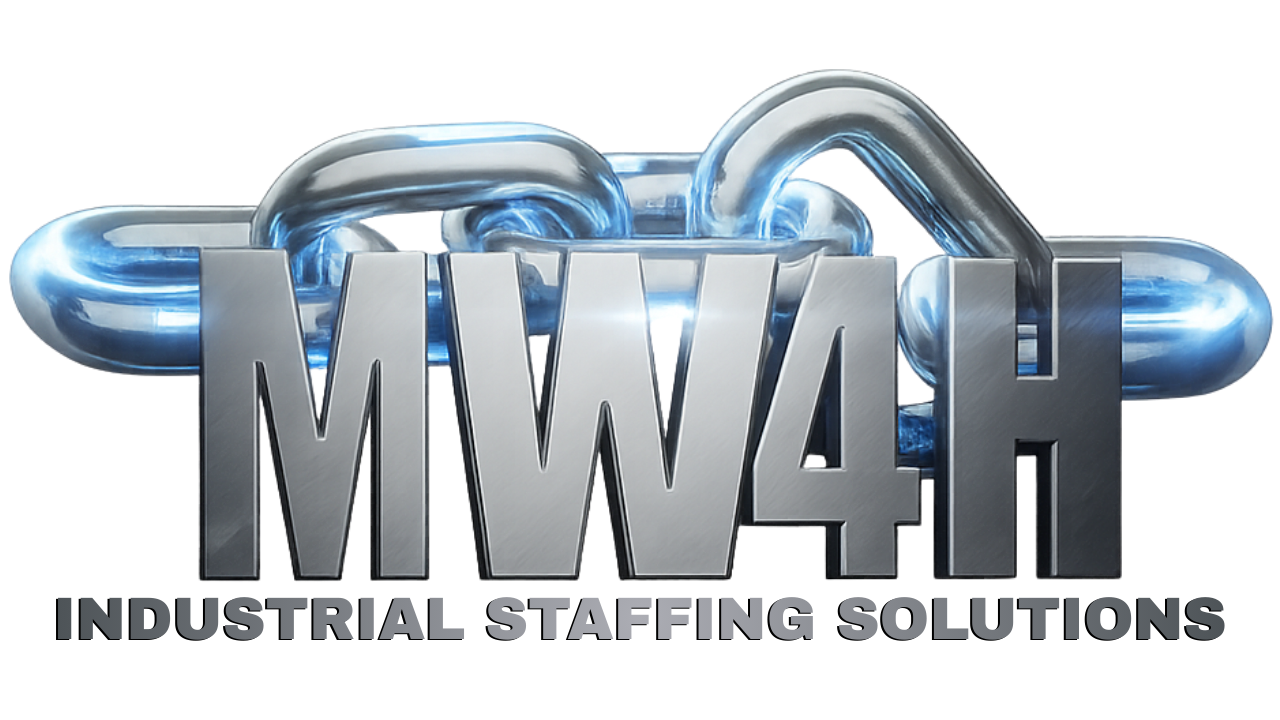Offshore Wind Staffing Success: How to Attract the Best Talent in a Competitive Market
The offshore wind industry is booming as part of the global shift toward renewable energy. Offshore wind farms provide an important solution to climate change by producing clean, sustainable energy. As this sector grows, companies are facing the challenge of attracting skilled workers to meet the demand for offshore wind staffing. Finding and retaining the best talent is crucial for companies to succeed in such a competitive market.
Understanding the Talent Landscape
The offshore wind industry is relatively new compared to other sectors like oil, gas, and traditional power generation. This means that there are fewer workers with direct experience in offshore wind energy. Instead, many professionals come from related fields like renewable energy, marine engineering, or offshore oil and gas. While these backgrounds can be valuable, companies often struggle to find individuals with specific experience in offshore wind projects.
Moreover, the offshore wind sector is growing quickly, and the demand for skilled workers is increasing. As a result, competition for talent is fierce. Companies that cannot fill key positions risk falling behind in their projects and losing opportunities to competitors who have secured top-tier employees. Understanding this competitive talent market is essential for attracting the right people to the job.
The industry also faces challenges related to geographic location. Offshore wind projects are often in remote locations, requiring workers to travel to faraway sites. Many professionals may be hesitant to work in these environments, which can make recruitment efforts even more challenging. Nevertheless, with the right strategies, companies can overcome these obstacles and attract the best talent for their offshore wind staffing needs.
Key Factors Influencing Talent Attraction
Several key factors play a role in attracting talent to the offshore wind industry. By understanding these factors, companies can better tailor their recruitment strategies and stand out from their competitors.
- Industry Growth and Reputation: The offshore wind industry is expanding rapidly, which is an appealing factor for many job seekers. Workers want to be part of something that has long-term growth and stability. However, for some, the offshore wind sector may not yet be seen as prestigious or well-known as more established industries. Companies need to build awareness and educate potential candidates about the career opportunities in offshore wind energy.
- Competitive Compensation and Benefits: Competitive pay is a top consideration for job seekers in any field, and offshore wind staffing is no exception. As the industry grows, so too does the demand for skilled workers, which drives up salaries. Offering competitive salaries, bonuses, and attractive benefits packages can help make positions more appealing to top talent. Additionally, companies should offer benefits like health insurance, retirement plans, and paid time off to remain competitive in the job market.
- Work-Life Balance: Offshore wind projects often require employees to work in remote locations, which can result in long working hours and extended periods away from home. Therefore, offering work-life balance is essential. Companies that provide flexible work schedules, opportunities to take time off, and accommodations for offshore workers can improve their attractiveness as employers. Work-life balance initiatives can help candidates feel more comfortable with the idea of working in offshore environments.
- Training and Career Development: Many workers in the offshore wind industry are looking for opportunities to develop their skills and advance in their careers. Companies that provide training programs, certifications, and opportunities for professional growth can attract ambitious candidates who want to develop their expertise. Investing in ongoing learning opportunities shows potential employees that the company is committed to their personal and professional success.
- Job Stability: Job security is another key consideration for many job seekers. Offshore wind is a growing sector, but workers want assurance that their jobs will be stable over time. By emphasizing long-term career prospects, the growth potential of the industry, and the company’s commitment to sustainability, employers can appeal to workers who prioritize job security.
Building a Strong Employer Brand
In a competitive talent market, having a strong employer brand is essential for attracting the best candidates. Employer branding refers to the reputation a company has as a place to work. A company’s culture, values, and mission are important components of this brand, and they play a significant role in attracting skilled workers.
- Define and Communicate Company Values: Companies in the offshore wind sector need to clearly define their mission and values. Workers in this field are often motivated by a desire to contribute to the environment and promote sustainability. By highlighting these values, companies can connect with candidates who are passionate about renewable energy and the positive impact the industry has on the planet.
- Showcase Company Culture: A positive company culture can be a significant selling point for potential employees. Workers want to feel that they are joining an organization where they will be supported, valued, and respected. Promoting a collaborative, inclusive, and innovative company culture can make your organization stand out as a top choice for candidates. Sharing employee success stories, work events, and team-building activities can help candidates understand what it’s like to work for your company.
- Offer Career Advancement Opportunities: A key aspect of a strong employer brand is the opportunity for career growth. Talented workers want to know that they will have room to advance in their careers, take on new challenges, and gain new skills. Showcasing your commitment to employee development can help attract top talent looking for long-term career opportunities.
- Highlight Employee Benefits: In addition to competitive compensation, employees value other benefits such as healthcare, vacation time, retirement plans, and employee wellness programs. Make sure to highlight the benefits your company offers during recruitment and in job postings. This can help you stand out from other companies in the offshore wind staffing market.
Effective Recruitment Strategies
Attracting the right talent requires an effective recruitment strategy. Simply posting a job opening and waiting for applicants may not be enough. Here are some proven strategies to help recruit the best talent for offshore wind staffing.
- Utilize Specialized Job Boards: Post job openings on industry-specific job boards and websites dedicated to renewable energy and offshore wind. These platforms attract professionals who are already interested in working in the offshore wind industry, making it easier to target qualified candidates.
- Build Relationships with Universities and Educational Institutions: Many universities offer degrees and certifications in fields related to renewable energy, marine engineering, and environmental sciences. By partnering with these institutions, companies can tap into a pool of talented graduates who are eager to start their careers in offshore wind energy. Offering internships or co-op programs is another way to introduce students to the industry and identify potential future employees.
- Leverage Professional Networks: Encourage employees to use their professional networks to find qualified candidates. Employee referrals are one of the most effective ways to recruit talent, as referred candidates are often more likely to fit well within the company’s culture. Offer incentives for successful referrals to motivate employees to actively participate in the recruitment process.
- Attend Industry Conferences and Events: Offshore wind companies can connect with professionals in the field by attending industry conferences, networking events, and trade shows. These events are great opportunities to meet potential candidates, promote the company’s brand, and learn more about the skills needed in the sector.
Retaining Top Talent
Attracting talent is just the first step; retaining top employees is equally important. Employee turnover can be costly and disruptive, especially in an industry with a high demand for skilled workers. Here are some strategies to keep top talent in the offshore wind sector.
- Provide Career Development Opportunities: Employees are more likely to stay with a company that offers clear opportunities for advancement. Offering mentorship, training, and internal promotions can help retain top talent. When employees feel that they have room to grow within the company, they are more likely to stay long term.
- Foster a Positive Work Environment: A positive, inclusive, and supportive work environment is crucial for employee satisfaction. Encourage open communication, recognize achievements, and create a culture where employees feel valued and appreciated. A healthy work environment can help reduce turnover and increase employee loyalty.
- Offer Competitive Compensation: Regularly review compensation packages to ensure they remain competitive in the market. If salaries and benefits are not up to par with industry standards, employees may look for opportunities elsewhere. Offering bonuses, performance-based rewards, and non-financial perks (such as flexible schedules or wellness programs) can also help retain employees.
- Encourage Work-Life Balance: Offshore work can be physically demanding and may require employees to spend long periods away from home. Supporting work-life balance by offering flexible work arrangements, vacation time, and proper accommodation for offshore work can help retain employees who value their personal time and well-being.
Navigating Industry-Specific Challenges
The offshore wind industry presents unique challenges when it comes to staffing. Workers often need to be highly specialized and willing to work in demanding environments. Safety is a top priority in this sector, and companies must ensure that employees receive adequate training and have the proper equipment to carry out their tasks.
Additionally, offshore wind projects are typically located in remote areas, making travel and accommodation arrangements important factors in attracting talent. Offering transportation, accommodations, and other incentives for workers willing to travel to remote locations can help ease the difficulties of working offshore.
Conclusion
Offshore wind staffing success depends on a combination of factors, including understanding the talent landscape, building a strong employer brand, and using effective recruitment and retention strategies. As the offshore wind industry continues to grow, companies must be proactive in attracting and retaining the best talent to meet the increasing demand for renewable energy. By addressing the unique challenges of the industry and offering competitive compensation, career growth opportunities, and a positive work environment, companies can secure the skilled workforce needed to thrive in the competitive offshore wind staffing market.



